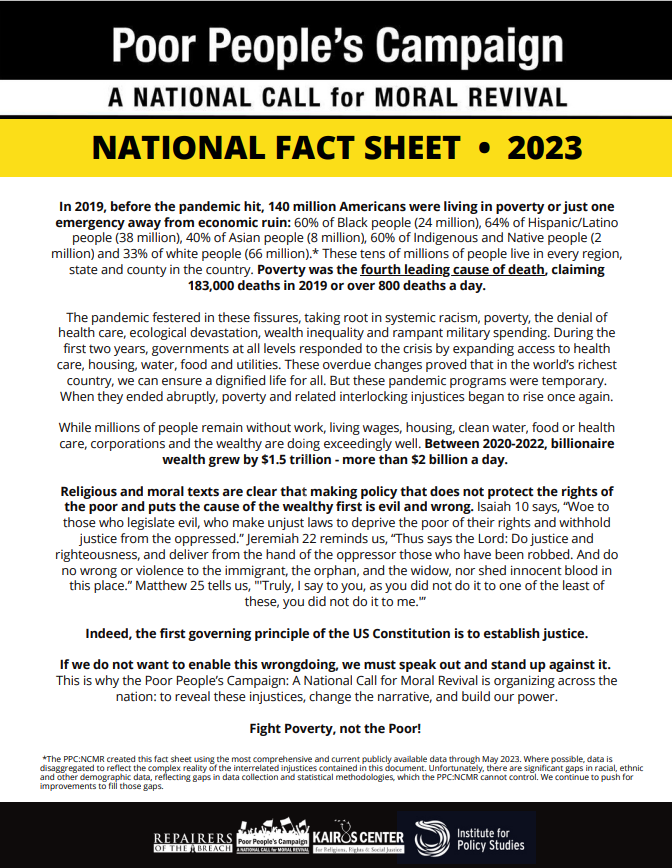In 2019, before the pandemic hit, 140 million Americans were living in poverty or just one emergency away from economic ruin: 60% of Black people (24 million), 64% of Hispanic/Latino people (38 million), 40% of Asian people (8 million), 60% of Indigenous and Native people (2 million) and 33% of white people (66 million).*
These tens of millions of people live in every region, state and county in the country. Poverty was the fourth leading cause of death, claiming more lives than homicide, gun violence, diabetes or obesity. Long-term poverty was responsible for 295,000 deaths a year – or over 800 deaths a day.
The pandemic festered in these fissures, taking root in systemic racism, poverty, the denial of health care, ecological devastation, wealth inequality and rampant military spending.
During the first two years, governments at all levels responded to the crisis by expanding access to health care, housing, water, food and utilities. These overdue changes proved that in the world’s richest country, we can ensure a dignified life for all. But these pandemic programs were temporary.
When they ended abruptly, poverty and related interlocking injustices began to rise once again. While millions of people remain without work, living wages, housing, clean water, food or health care, corporations and the wealthy are doing exceedingly well. Between 2020-2022, billionaire wealth grew by $1.5 trillion – more than $2 billion a day.
*The PPC:NCMR created this fact sheet using the most comprehensive and current publicly available data through May 2023. Where possible, data is disaggregated to reflect the complex reality of the interrelated injustices contained in this document. Unfortunately, there are significant gaps in racial, ethnic and other demographic data, reflecting gaps in data collection and statistical methodologies, which the PPC:NCMR cannot control. We continue to push for improvements to fill those gaps.

